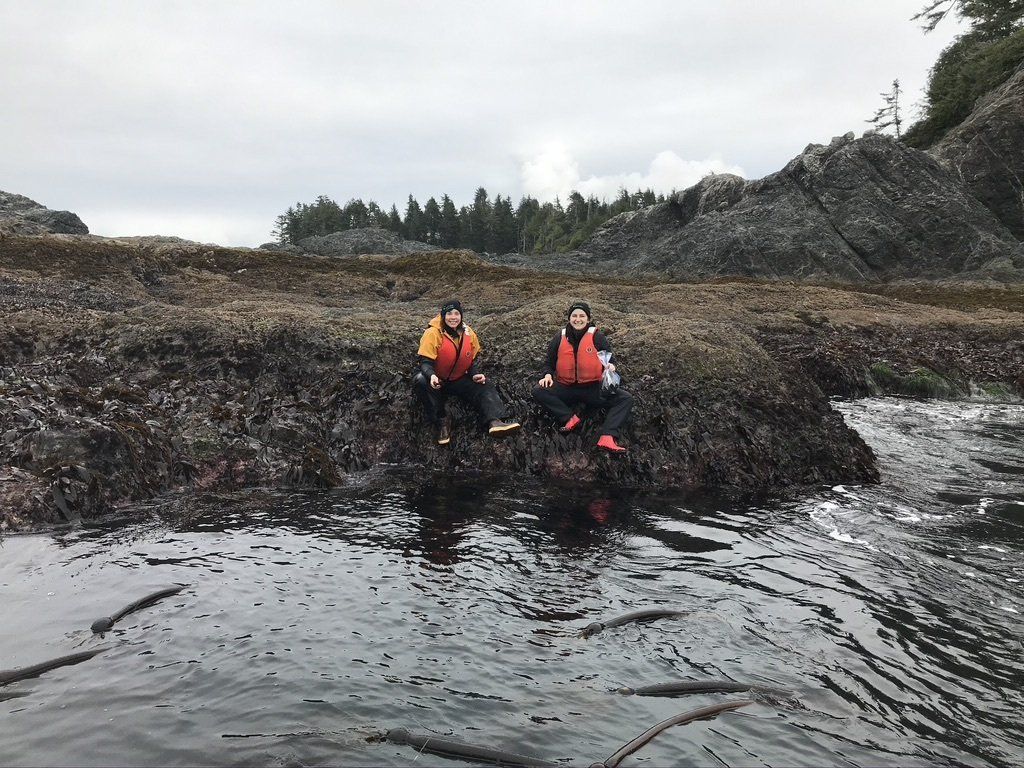Nursery

This is a high level story of how Cascadia Seaweed designed and built a nursery to cultivate kelp seed. Many team members and contractors contributed to this project, and without them the goal would not have been reached.
Grand plans to cultivate an impressive quantity of high-quality seaweed along the coast of British Columbia could have been halted in an instant should something go wrong with the development of one of the most crucial elements of farming — the seed. A local company with an ambitious growth plan learned the importance of this within the first 6 months of operations when one of their two suppliers announced a failure in seed growth. This event solidified the importance of producing their own seed supply which prompted the company to carry out a plan to design and build a nursery to grow kelp “seedlings” in advance of their next planting season. This is the story of how Cascadia Seaweed — and their growing team — nurtured this intention to fruition in under 8 months.
“We were able to source just enough seed from our other Vancouver Island supplier for our two pilot farms last year,” says CEO and founding partner Mike Williamson. “We were still very much in start-up mode, with just myself and my two parters figuring things out along the way.”
Founded in June of 2019, Cascadia Seaweed was established to transform the cottage industry of kelp cultivation in British Columbia into a new sector with Indigenous and coastal communities as a primary beneficiary. In order to keep pace for their second growing season, they knew they needed to produce their own seed supply which meant building a nursery, and expanding their team.
In March of 2020, before even harvesting their first crop and days before the unexpected global lockdown, Cascadia hosted a Seeding Summit in Nanaimo, bringing interested participants in the existing seaweed community together to talk shop and discuss the elements of building a nursery.
Among the attendees was Cam Kinsman, an engineering student from Camosun College, who was set to join the Cascadia team for the summer as a Mechanical Engineering Technologist responsible for the design of the kelp seed nursery under the leadership of Liam Collins, the first full-time team member and Head of Programs at Cascadia. Excited to merge his experience in manufacturing and design with an enterprise that prioritized climate action, Kinsman was handed a blank piece of paper and a mission to design a facility that could produce 60km of seeded line by the fall.
"The game was afoot, and trust — one of the company’s 3 core values — was the star player."
Collins facilitated the strategy and detailed a plan of logistics, and came to the conclusion that as the nursery would only be active for 3 months of the year, a modular facility was the way to go. Soon after, a lease was signed for space at the Bamfield Marine Science Centre, not only providing the necessary access to clean seawater and electricity, but also in close proximity to the West Coast seaweed expert, Dr. Louis Druehl.
Hauling two 40ft sea containers and 50 glass aquariums down the gravel logging road they went.
As Kinsman’s work term was nearing completion, Dan Pedde and Williamson serendipitously met at a marine related networking event for engineers. Pedde, with a background in biomedical and mechanical engineering, was onboarded to complete the design and build of the project. With a collaborative nature and the end goal in mind, the team evolved, and the nursery was showing signs of life.
During the design phase, Cascadia cast a line for a Phycologist — an expert in seaweed — with a background in macroalgae to become their Chief Science Officer. With multiple top contenders, they hired Dr. Jennifer Clark who was available remotely until her research project with the Hakai Institute in Vancouver completed in September. The calendar quickly turned to October and before even having a day in the office, Clark found herself travelling the logging road to Bamfield. With a goal, based on Dr. Druehl’s recommendation, to have seeded lines deployed before the winter solstice, the pressure was now on the science team to breed the baby kelp seedlings in the nursery which was being completed literally right before their eyes.
It was all hands on deck, but things were occurring in perfect lockstep.
With Kennedy Nikel, Cascadia’s Applied Marine Biologist, completing the science team duo, they set out on the water to collect the reproductive tissues of both sugar kelp (Saccharina latissima) and winged kelp (Alaria marginata) and within days had test spools inoculated in the working nursery.
“I had every confidence that we were going to get this done, but it’s the collaborative nature and commitment of all our team members at Cascadia Seaweed that I am most proud of"
- Mike Williamson
As of mid-November the science team is monitoring their 600 spools which will be ready for Cascadia’s Ops team to deploy onto the 60km of cultivation line in the ocean before that magic day of December 21 — all things being well.
Follow the growth of Cascadia's kelp on
Instagram...
and while you're here...
Why not
watch our corporate video
then enter to win a sample pack of our food products (launched spring 2021)?
Seeding Summit
March 7, 2020
Cascadia Seaweed gathered a group of seaweed enthusiasts to talk about building a kelp nursery.
C - 9774 Third Street Sidney British Columbia V8L 3A4
Email: info@cascadiaseaweed.com
Phone: 1-778-351-4484

9774 - C Third Street Sidney British Columbia V8L 3A4
Email: info@cascadiaseaweed.com
Phone: 1-778-351-4484













